Can This Rare Moulin Rouge-Colored 1970 Plymouth GTX Be Worth $325,000?
The Pink-Colored B-Body Is Going For Over $300K On Various Sales Sites...
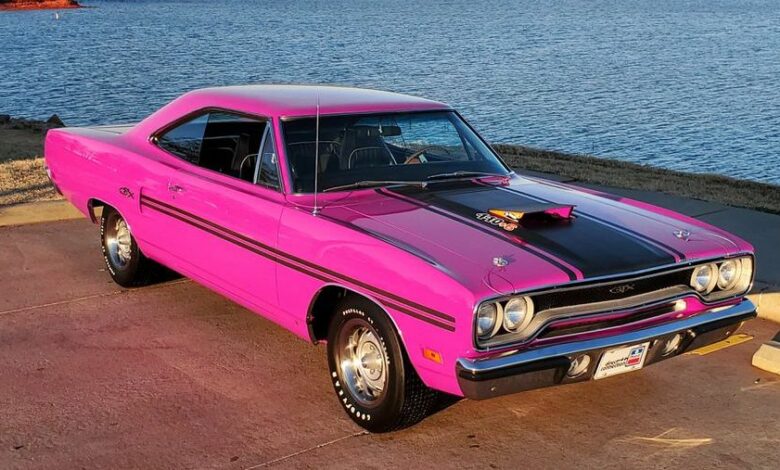
Both the Dodge and Plymouth brands were known for their famed “High-Impact Colors” of the early-1970s. A popular marketing tool for the Mopar brands during the muscle car era, the bright and vivid exterior colors brought a lot of attention to both brands’ lineups. The addition of fun names also helped to add to the allure.
One of those high-impact colors called “FM3” also known as Panther Pink (Dodge) and Moulin Rouge (Plymouth) was available for a limited time during the 1970 and 1971 model years as a “Spring Special” color. The pink exterior paint wasn’t a particularly popular color at the time, it wasn’t the rarest either. It does have a wide appeal to buyers due to its polarizing nature, thus making those models highly desirable in today’s market.
This beautiful 1970 Plymouth GTX is one of the best examples of those cars. Documented as a two-owner car, the GTX was restored by the previous owner, however, still wears all of its original sheet metal and only required some rust repairs to its lower quarter panels, the center of the trunk floor, a spot on the driver’s side floor, and a spot at the bottom of the rear glass. Since then, the car continues to be stored in a temperature-controlled environment. Since the restoration, the car has only been driven less than 10 miles.
Under the hood, is the beloved 7.2-liter (440 cubic-inch) big-block V8 with a 6-barrel carburetor (also known as the 440+6) producing 390 horsepower and 410 ft.-lb. of torque. While the engine isn’t numbers matching, it is restored to a date code correct block. Mated to that engine is a 4-speed manual transmission, that appears to be original.
The GTX (short for Grand Touring X) package was known as the “Gentleman’s Muscle Car”. Based on the Sport Satellite trim, the GTX was considered to be a more luxury-oriented Road Runner alternative to the public. Offered in two different body styles (convertible or two-door hardtop sans a B-pillar) all GTX models featured GTX emblems in front of the rear wheels and dual horizontal “racing stripes” on the lower sides.
For 1970, the sales of the GTX were slow due to its similar look to the popular and cheaper Road Runner. There was no convertible offered for the 1970 model year, unlike the 1968 and 1969 models. A “power bulge” hood and a set of non-functional rear-brakes air scoops were added for the 1970 model. The Air Grabber hood returned, but instead of having two narrow openings running length-wise as in 1969, it had one opening scoop located on the power bulge.
The GTX was one of two performance-oriented luxury models for the 1970 model year, with the other being the full-size Sport Fury GT added that year.
As for documentation, this GTX is one of the more well-documented cars we have seen. It has three matching broadcast sheets, as well as the Consumer Information documents (which shows the car’s vehicle identification number (VIN), vehicle order number (VON), scheduled production date, actual production date, and its stopping/acceleration/passing distance information), two separate IBM punch cards ( that confirms all of the options/accessories, trim/paint codes, VIN, VON, and scheduled production date), the original owner’s manual, original Chrysler Corporation Warranty document (showing the VIN, delivery date, owner’s name, and selling dealer name and address), early registration receipts, and many oil change and maintenance receipts documenting the original mileage of the car throughout its life.
Since being ordered and delivered 52 years ago at Keith Beadle Motors Ltd. in Langley, British Columbia, the car has only 49,900 miles on it according to the Hemmings ad. Now located in Oklahoma City, Oklahoma, the current owner has the car up for sale for $325,000 USD. Recent well-maintained GTX models have been sold from the mid-$55,000 range to $150,000 for a low-mileage HEMI-powered model. So the $325,000 would put this car in the same territory as a 1971 Plymouth HEMI Cuda convertible.
We did find the same car listed on several other websites such as AutoTrader Classics and Classic Car Deals with the price of $309,995. A bit cheaper than the Hemmings ad, but still north of the $300K mark.
What do you think? Is the seller asking too much for this awesome-looking Moulin Rouge-colored 1970 Plymouth GTX? Let us know in the comments below or in the MoparInsiders.com forums.

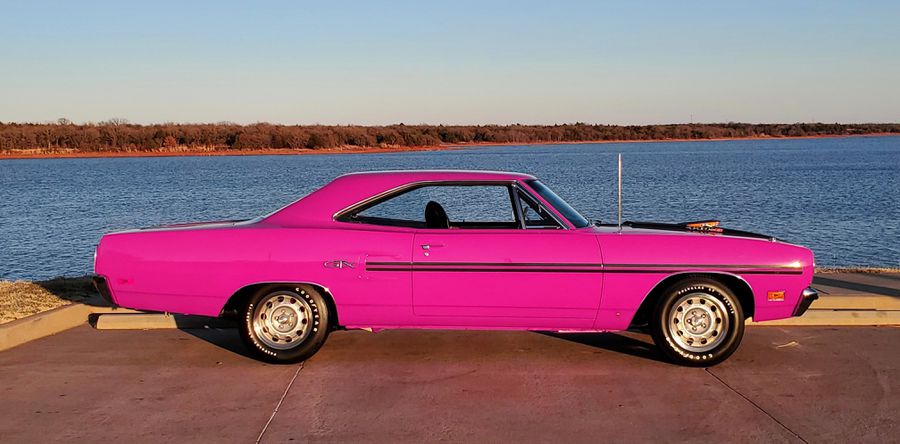
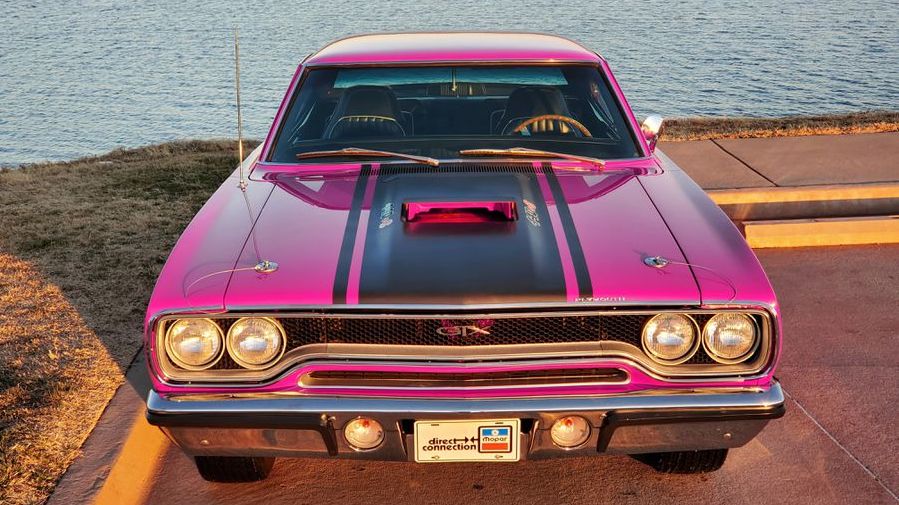
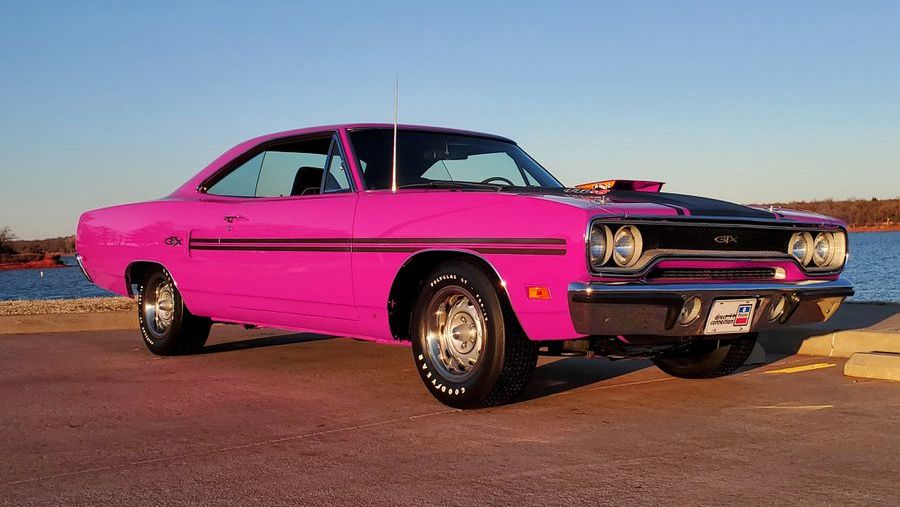
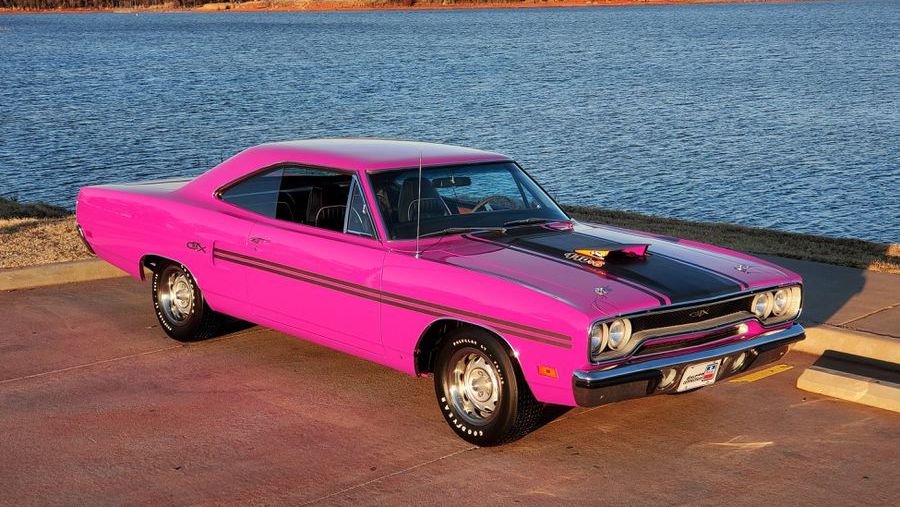
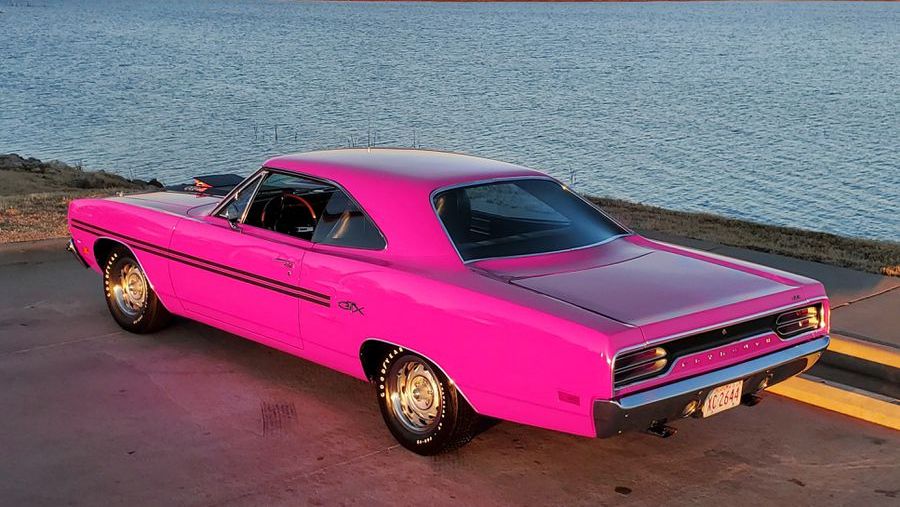
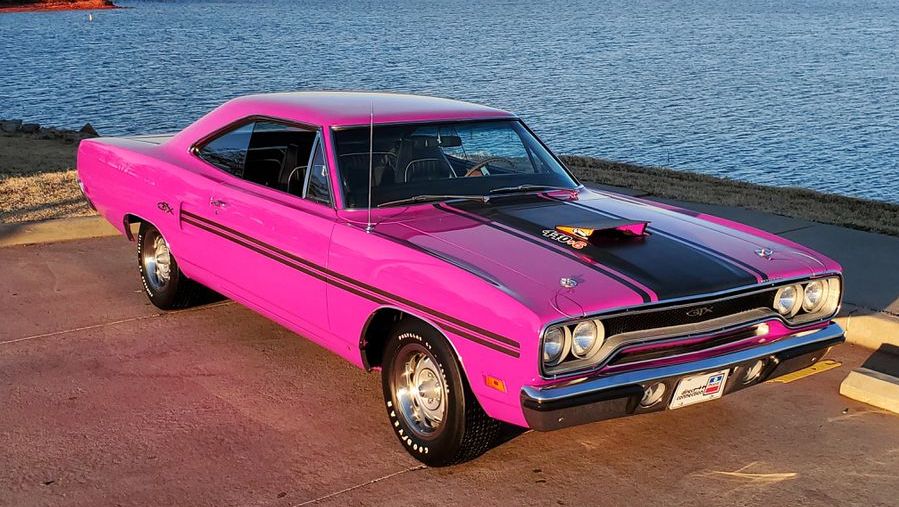
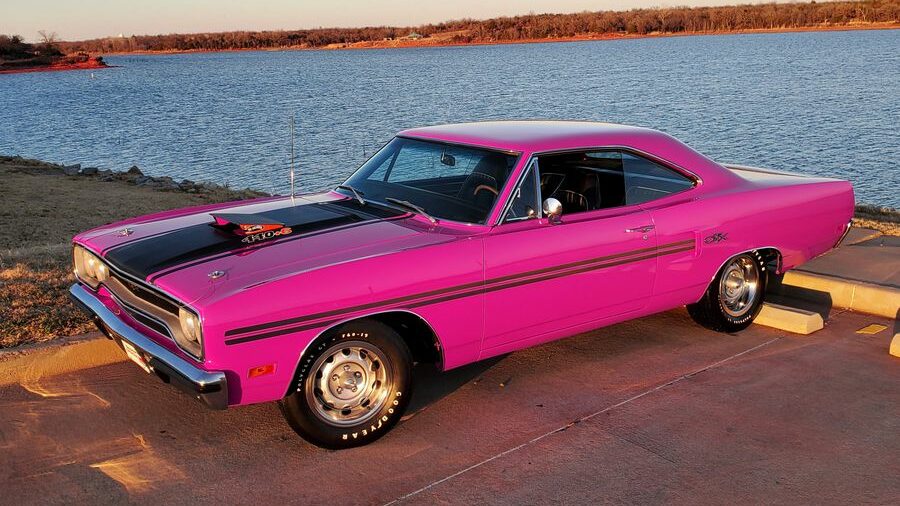
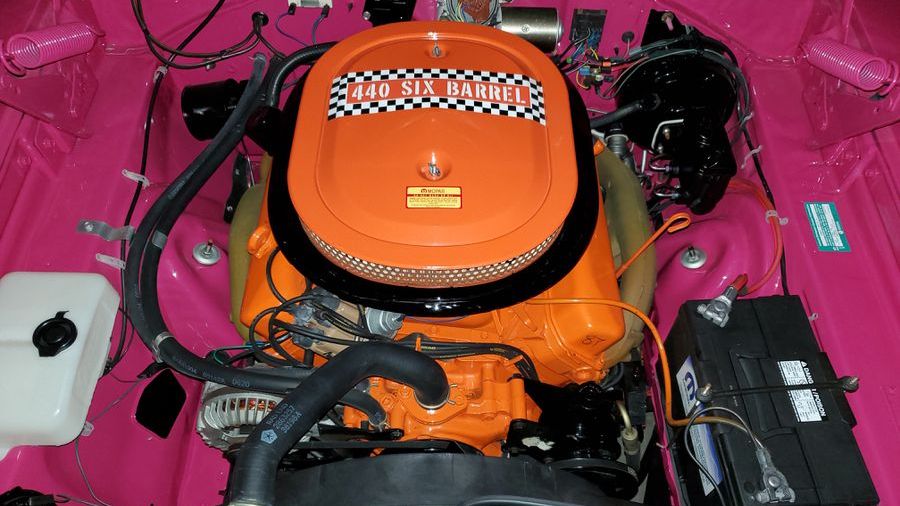
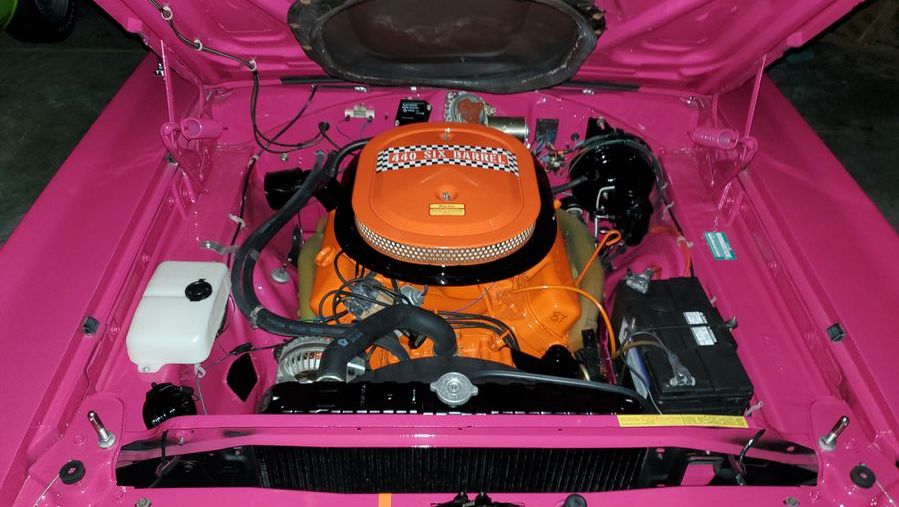
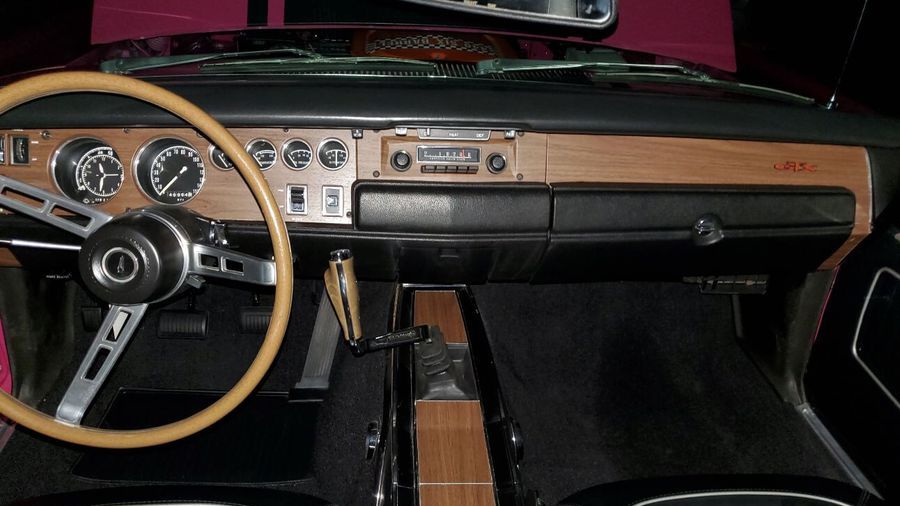
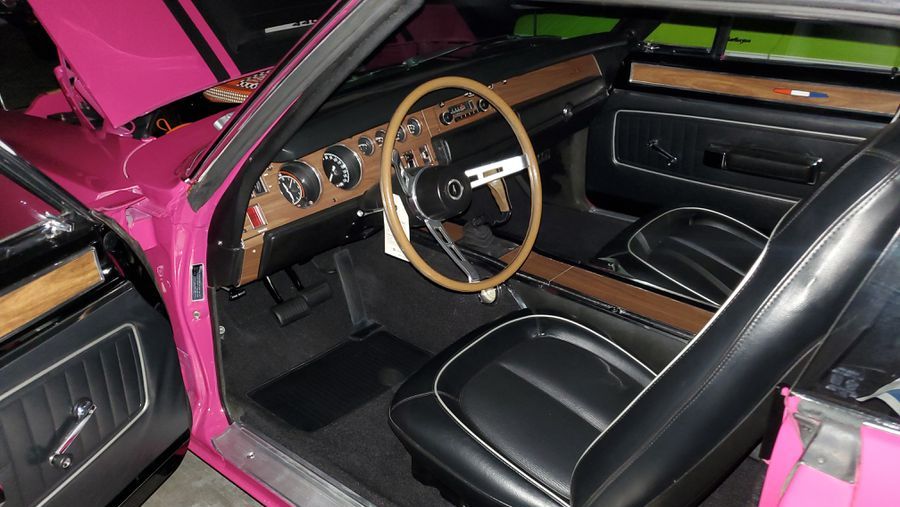
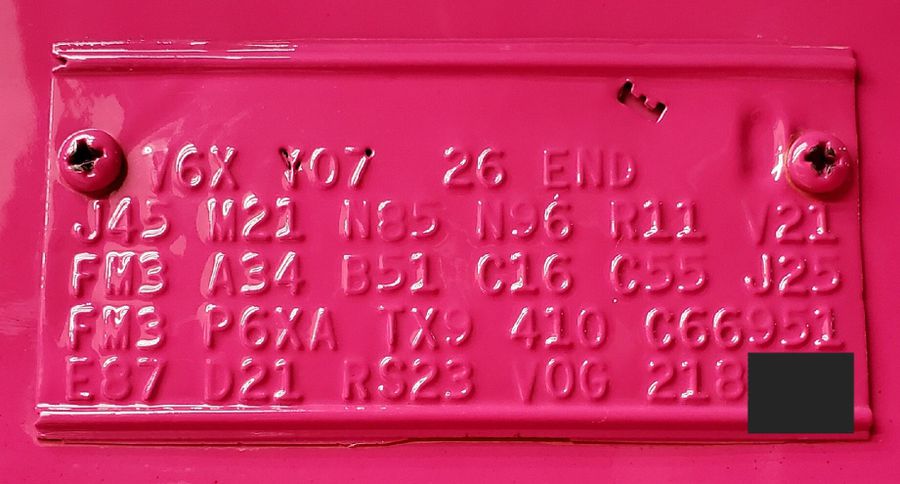
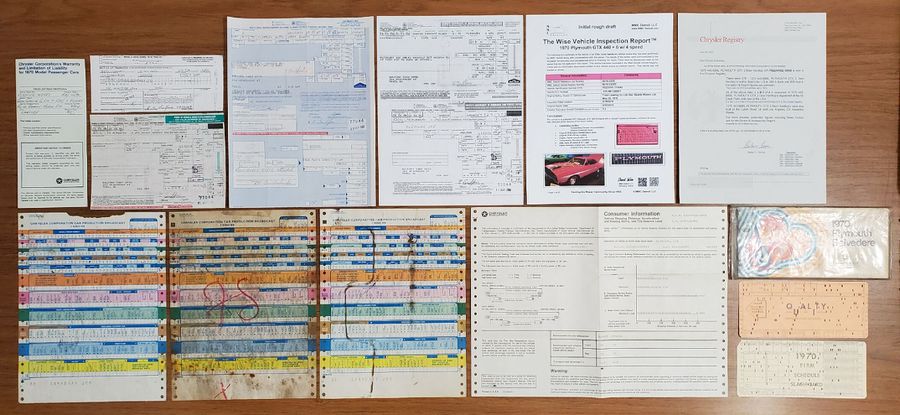

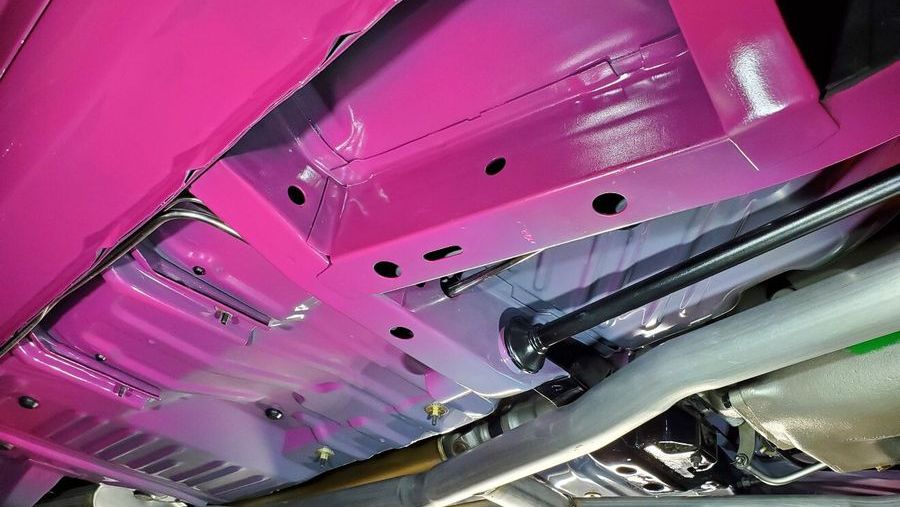
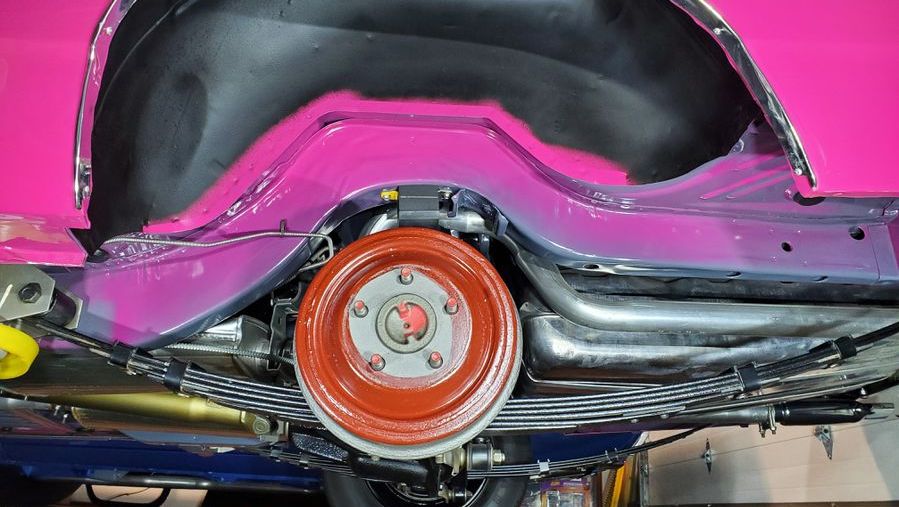
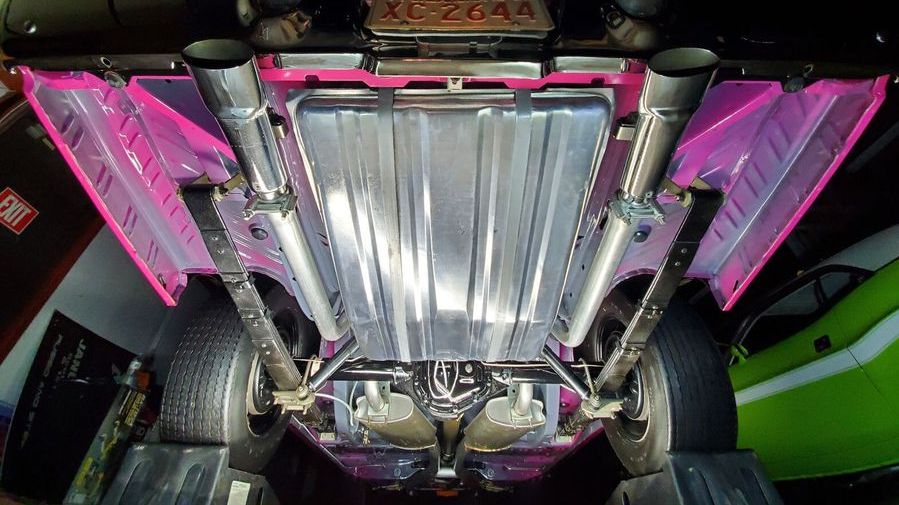
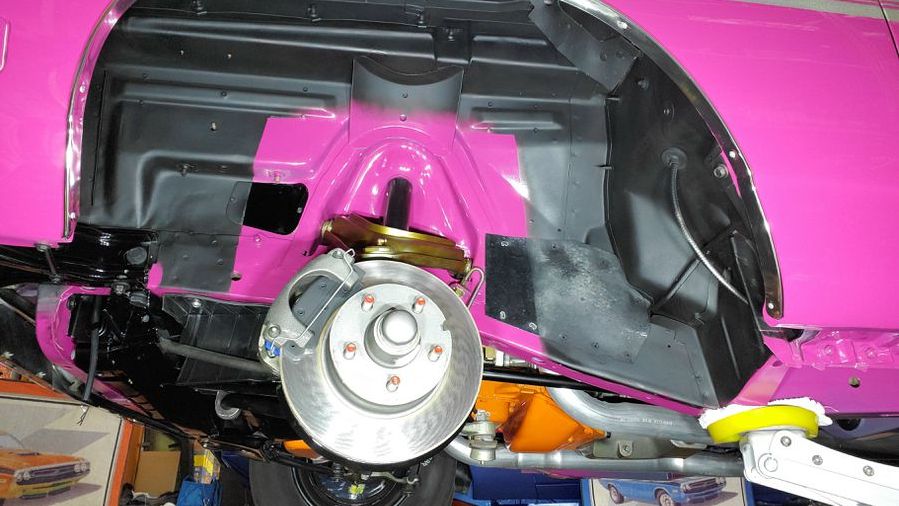
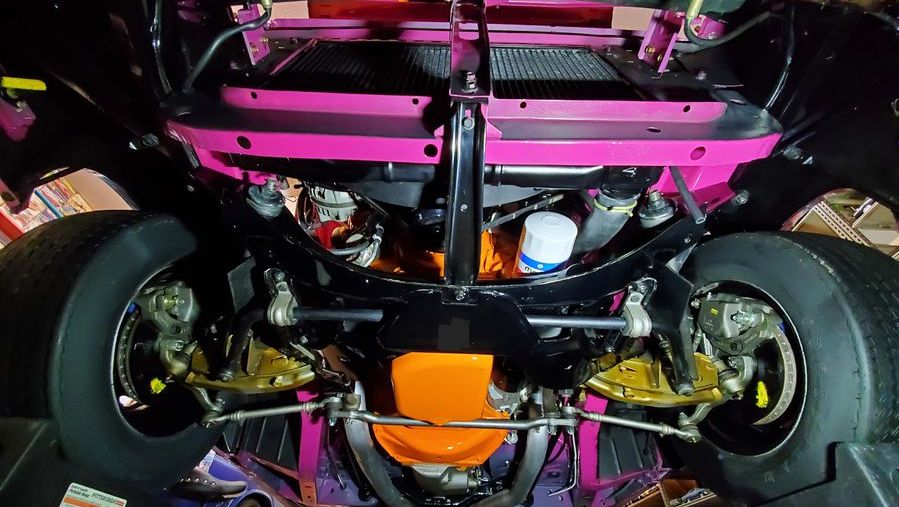

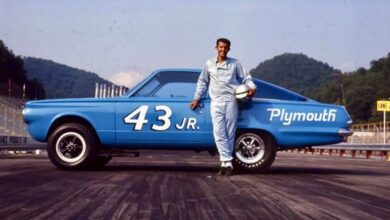
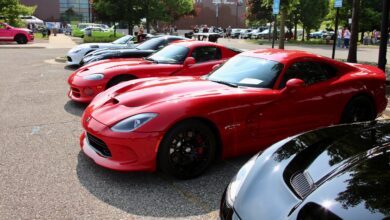

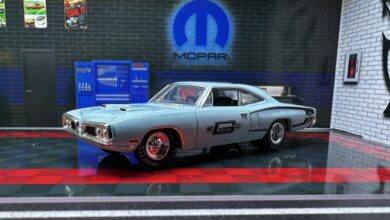
No replies yet
Loading new replies...
Join the full discussion at the Mopar Insiders Forum →